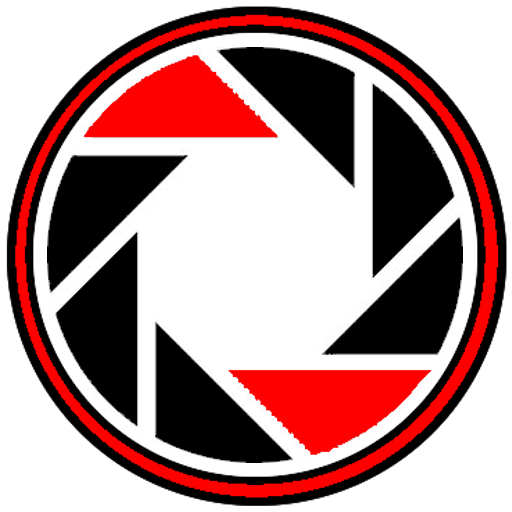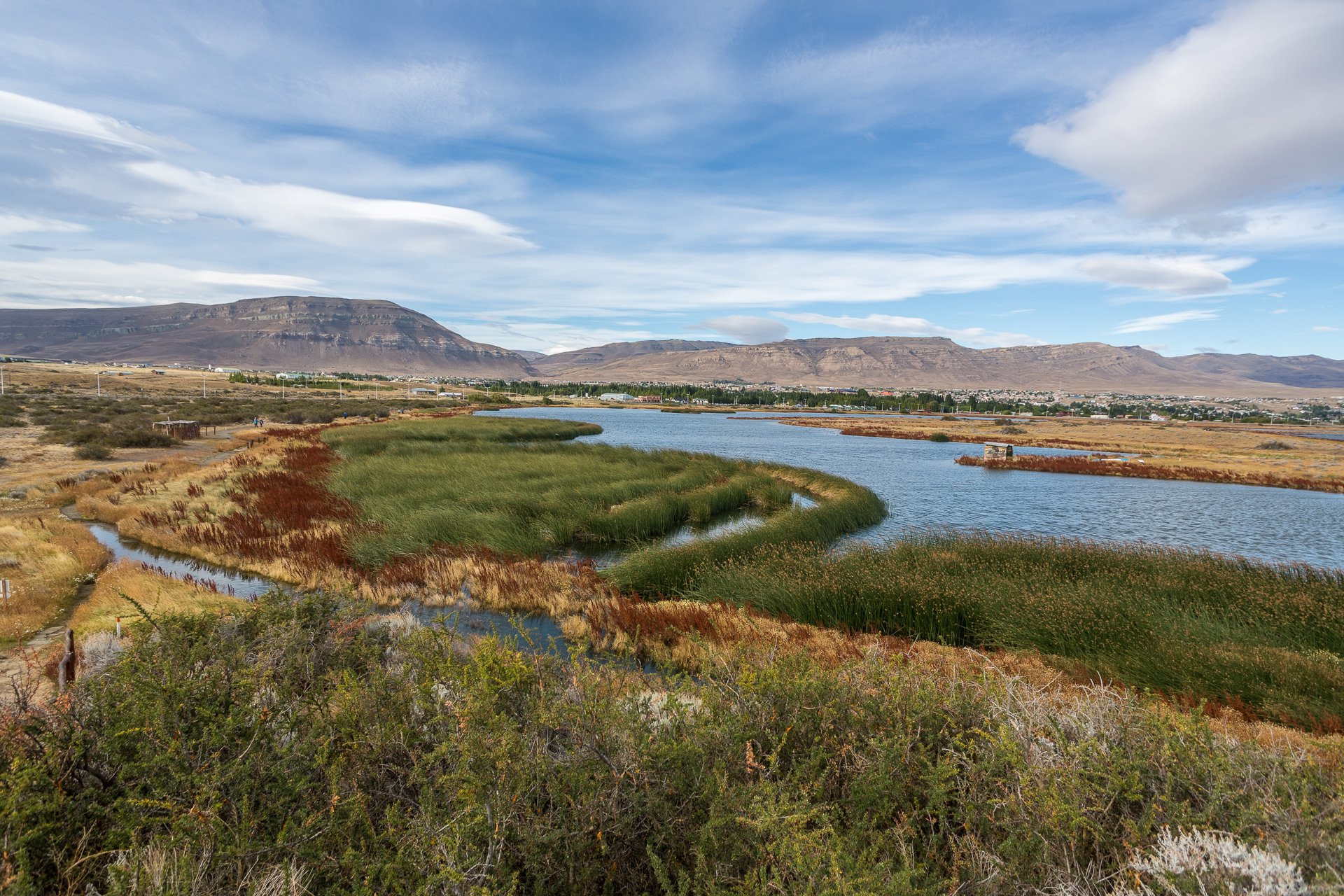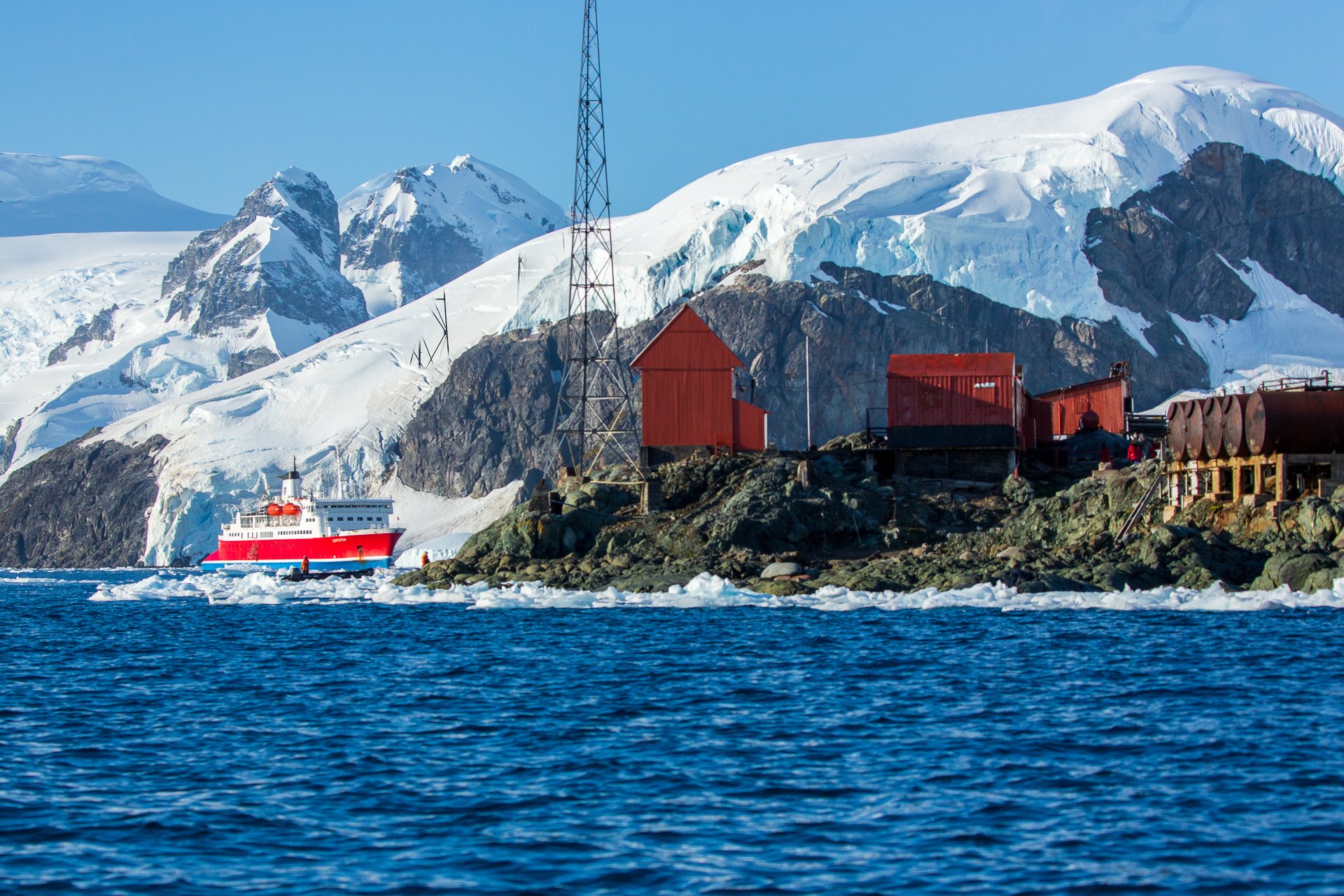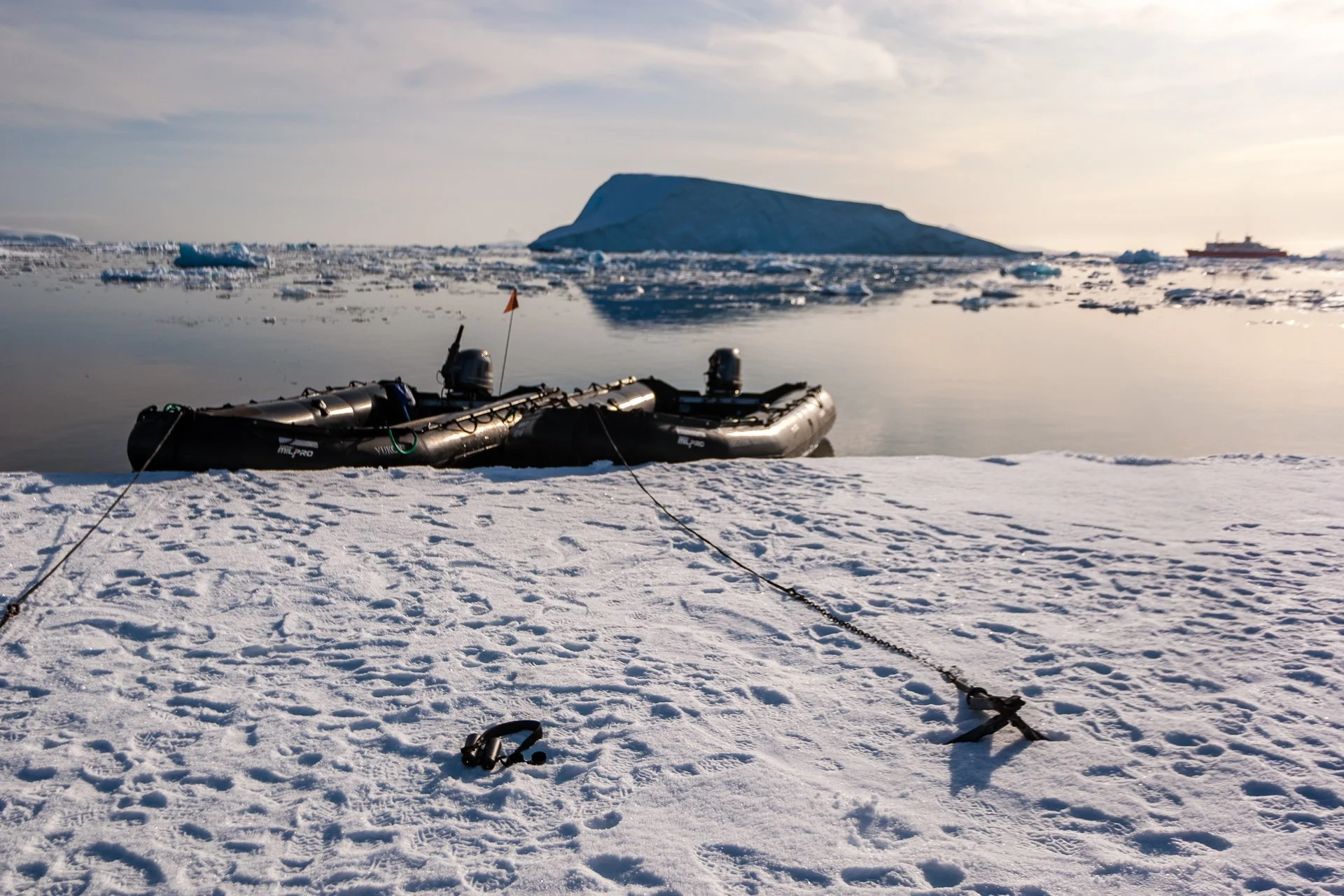
The end of the World
In March 2020, days before my 40th birthday, I set sail from Ushuaia, the southernmost settlement in the world to explore the last continent.
Beautiful, desolate and unique we stayed in awe of the majesty and the handful of species who made it their home.
For us, it was the very end of the world.
The full book is available on my blog. You’re welcome to read through the whole experience or, if you prefer, order a hefty coffee table book with all the writing and images you see below to explore in your own time.
South America
El Calafate is a central tourist hub, providing tours of various parts of Los Glaciares National Park. As such there are a lot of restaurants, hotels, bars and shops, but less to do day to day.
A strait through the Tierra del Fuego archipelago leading to Ushuaia. It is one of three routes and our inward journey.
Antarctica
Fournier Bay gave us some of the closes encounters with whales that we had throughout our tour. Though not as close as our earlier Penguin experience in Neko Harbour, given the size of a Humpback, the extra distance was welcome!.
An early start landed us on Neko Harbour, discovered by Belgian explorer Adrien de Gerlache, and named for a Scottish whaling boat; the harbour is a Gentoo penguin colony and a beautiful viewpoint over the waters.
Paradise Harbour is beautiful, surrounded by tall mountains and with incredible weather, we could see the seemingly small huts of the Argentine base on the edge of the island. The huts are all a bright orange with the flag of Argentina easily visible on the top.
It was an early start to the day, with breakfast at half-past six, but we were all keen to be on land once again and were loaded into the boats by 8 am.
Fish Islands are a group of small islands lying in the northern part of the entrance to Holtedahl Bay. They are home to breeding colonies of Adelie penguins as well as Imperial Shags.
Situated towards the eastern end of Marguerite Bay, Stonnington island is a mere 0.75 km long and 0.37km wide. Small pebbles make up the northern beaches (scattered with animal bones) with more massive rocks on the southern side.
In Marguerite Bay, Jenny Island was discovered by the French Antarctic Expedition (1908-1910) under Jean-Baptiste Charcot. Unlike the nearby Pourquoi Pas Island, Charcot gave Jenny Island its name. Charcot had climbed to the top of the islands ice cliffs to understand that the outlying Adelaide Island was indeed an island.
Another Antarctic island discovered by Jean-Baptiste Charcot of the French Antarctic Expedition (1908-1910), Pourquoi Pas, was named for Charcot's ship in the 1930s by the British Graham Land Expedition who first charted the island.
The Gullet is a thin body of water between the eastern edge of Adelaide Island and the west coast of Graham Land. Its descriptive name is comparatively recent, though Charcot discovered the location in 1909. We encountered a few fur seals playing in the water during our run to the Gullet just off of our port side and a few Minki whales in the distance.
One of five primary circles of latitude, the Antarctic Circle marks the point where during solstice the sun is above the horizon for a full 24 hours. Compared to crossing the Antarctic Circle, which is relatively common given it crosses Canada, Sweden, Finland, Norway, Russia and others, people crossing the Antarctic Circle is much more rare and special.
Discovered and named by the French Antarctic Expedition, 1903–05, under Charcot who named many of the spots on our trip. The islands are named for Lieutenant Jorge Yalour, an officer of the Argentine corvette Uruguay.
A short distance from the Lemaire Channel, Petermann island is a frequent destination for tourists as it offers a landing, historical importance and a significant number of Penguins.
The Lemaire Channel is one of the top tourist destinations in Antarctica, comparatively protected the waters are often still. However, its location means it is equally often impassable due to the icebergs accumulating in the Channel and remaining for weeks or months due to the calm waters and narrow width.
Between leaving the Drake Passage and reaching the Antarctic Peninsular, you spend some time in the Southern Ocean. Occasionally called the Antarctic Ocean, this body of water is generally considered to be anything inside the southern 60th parallel.
Considered one of the most treacherous voyages for ships to make, the Drake Passage is uncomfortable even for passengers on ships like the MV Expedition. Huge waves and strong winds make the experience one that brings out sea sickness in a large portion of the people passing through. Souvenirs saying things like ‘I survived the Drake Shake’ are common.

















